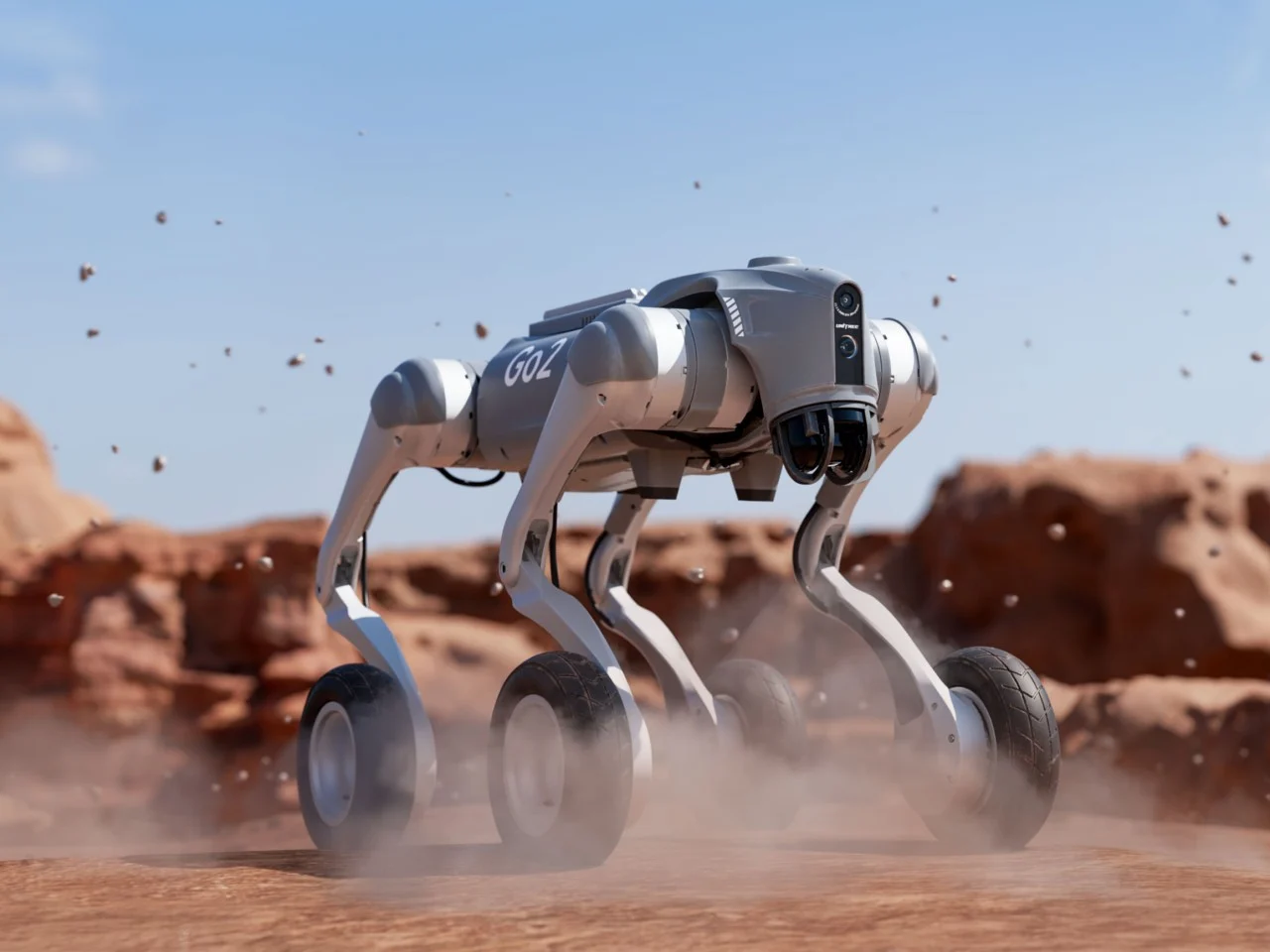Since our beginning, the backbone of our company has been education. Since 2005, we have provided STEM curriculum and education packages to school districts looking to enhance their students’ ability to learn and develop skills that will serve them now and in the future. Since starting our robotics line, our education packages have centered around teaching students how to use robotics to enhance their learning experience in programming and engineering by providing application based objectives so students can get a better understanding of how the lessons they learn in the classroom are applied in the job sector.
All robotics education packages come with custom curriculum, robotics and curriculum training (either in-person or virtually), and access to our customer support staff at any time.
Our curriculum packages come with several of our robotics product lines, including our SHEP and LIMO lines. The unit outlines in our curriculum can be broken down as follows:

The opening unit contains introductory lessons on how to operate the robot. Students will learn about basic operations, maintenance, capacity limits, etc. that they will be able to build on throughout the course as they learn and understand the robots’ capabilities.
In this unit students will learn about foundational computer science concepts, such as setting up a terminal, computer security, and other forms of environment setup. The building blocks learned in this unit will pave the way for students learning how to program the robot to perform tasks.
In this unit students will learn either foundational or advanced level programming, depending on the level of student, by writing commands for the robot to perform. Lessons are written in both Python and C++, and students have the opportunity to learn about a wide range of topics including functions, loops, binary trees, data visualization, etc.
After building on their foundational programming skills in unit 3, students will have the opportunity to expand that knowledge by writing programs that allow the robot to interact with internal and external devices. This will include learning how to use internal and external cameras, speakers, and LiDAR devices. Similar to unit 3, unit 4 has lessons written in both Python and C++
In this unit in an application-based study on how the robotics and programming skills learned in previous units can be applied to a job setting. This unit will involve students creating their own project from a selected career cluster, and building out a robotics solution to solve a real-life problem. These career clusters range from agriculture, finance, health science, manufacturing, and many others.
Copyright © 2022 STOKES ROBOTICS | All rights reserved
Carl Junction, MO
417 649-8862
bi**@************cs.com
